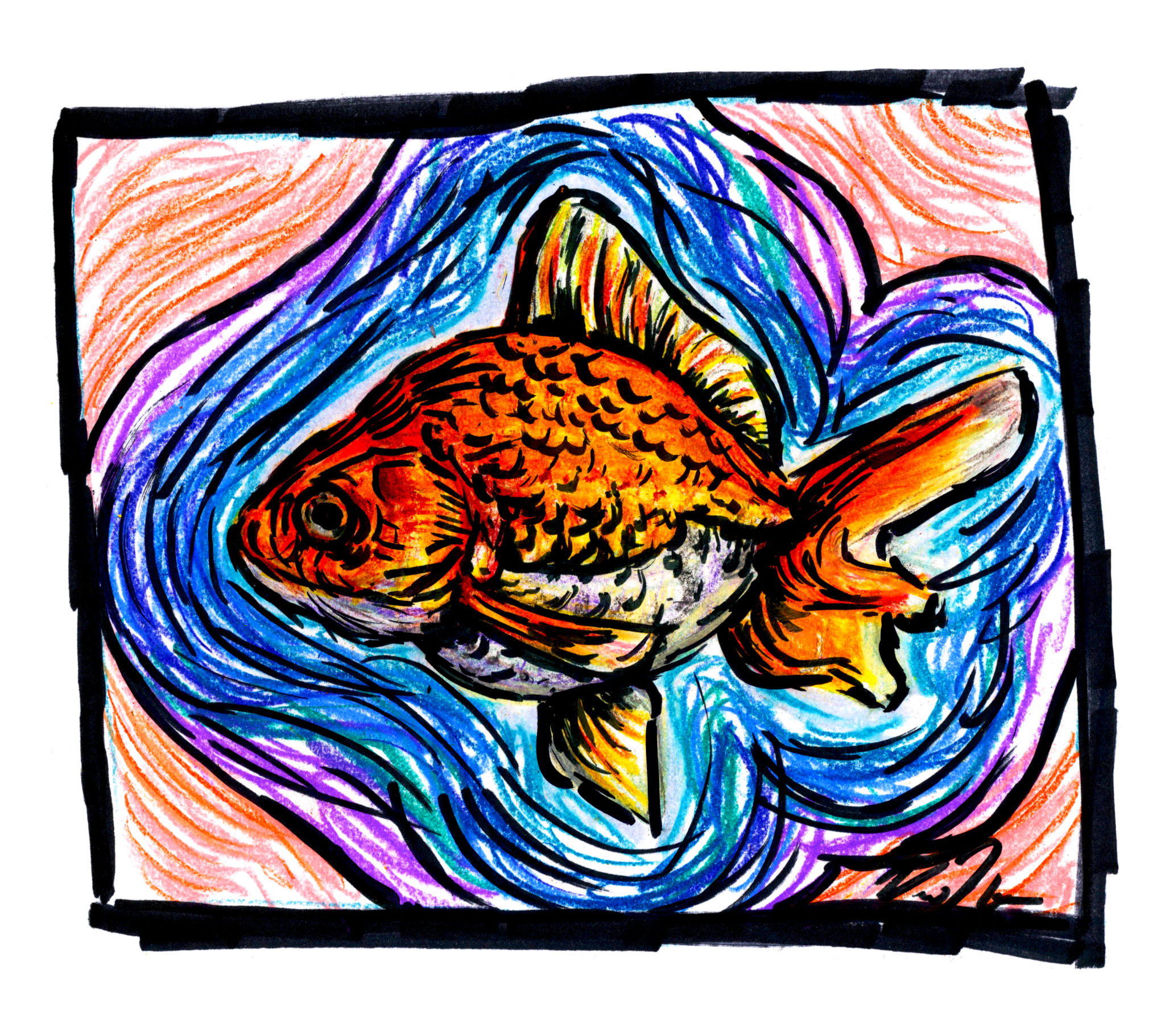
Millions of years ago, the dinosaurs were forced into extinction after a meteor crashed into the Earth. But while it was bad news for the dinosaurs, Yale researchers have discovered that the meteor strike did produce one surprising result in its immediate aftermath: a period of flourishing fish diversification.
A recent collaboration between Head of Saybrook College and ecology and evolutionary biology professor Thomas Near and researchers from Louisiana State University, UCLA and the University of Michigan produced a genetic lineage of the Acanthomorph group, commonly known as spiny-rayed fish. The research was led by LSU evolutionary scientist Brant Faircloth and the University of Michigan evolutionary biologist Matt Friedman. Aligning with the hypotheses of other scientists in their field, the researchers found a correspondence between their proposed acanthomorph lineage tree and the fact that many vertebrates diversified after the Cretaceous-Palaeogene mass extinction, also known as the K-Pg. The research was published in the scientific journal Nature Ecology & Evolution on March 12.
While it is commonly understood in the scientific community that many land animals diversified after the Cretaceous-Palaeogene mass extinction, Faircloth said it was particularly interesting that fish diversification also aligns with that of other vertebrates.
“We already knew through the work of some of us and other groups that most vertebrates diversified after K-Pg, immediately following this mass extinction,” Faircloth said. “But fishes’ diversification had not been tied to this event.”
The study focused on percomorph groups, a clade of fishes — meaning a group of fish derived from a common ancestor — within the acanthomorph fish group, as well as the acanthomorph group. The acanthomorpha are incredibly diverse and are characterized by a hollow and unsegmented spine. Within this group of fishes is the percomorph group, another large clade of fishes that includes tuna and seahorses, among others.
Past researchers have had difficulty reconstructing this acanthomorph lineage, due to smaller data sets and the high speed at which this group of species diversified, Faircloth said.
“The reason we think that it has been really hard is that they diversify quickly and reconstructing the history of that diversification is really challenging,” he said.
The researchers, therefore, had to adopt a different methodology to produce a conclusive lineage. The solution, Faircloth and UCLA professor Michael Alfaro found, was to widely increase the genome data set. By studying many more parts of the genome of spiny-rayed fishes, the researchers were able to draw more definitive patterns and relationships across different species.
The researchers extracted the DNA from fish tissues preserved by museums, including Yale’s Peabody Museum of Natural History and the Natural History Museum of Los Angeles County. Such reserves proved invaluable to the work and allowed the researchers to amass a data set of more than 100 fishes, according to Faircloth.
“It would be impossible to conduct this research if we had to go out and catch each fish,” Faircloth said.
Yale’s Peabody Museum of Natural History preserves a myriad of materials, including fossils, tissues and other items from which data can be extracted. Researchers and students from around the world frequently borrow these materials for research, said Gregory Watkins-Colwell, collections manager of the vertebrate zoology collection at the museum.
“Approximately half a million individual fish are in the collection,” Watkins-Colwell said. “The fish collection spans more than the 150-plus years of the museum’s history. It also spans every continent on the planet and most major bodies of water.”
Friedman and Faircloth both said that the research could progress in many directions in the future. Although the study analyzed more than 100 fish genomes, a massive data set compared to other studies, Faircloth said this research could expand significantly.
“We barely scratched the surface of investigating the diversity of fishes,” Faircloth said.
Friedman said the research could follow macro-evolutionary goals, including questions about species adaptation to the climate of a post-extinction world and the possibility that genetic patterns could be tested alongside anatomical studies.
“What we have now is an evolutionary history of this group in terms of who’s related to whom,” Friedman said. “We have a time scale from when these evolutionary splits take place. But actually, that is only the starting point for evolutionary questions.”
According to the study, there are currently more than 18,000 species in the acanthomorph group.
Nick Tabio | nick.tabio@yale.edu







